-
Sign up or login, and you'll have full access to opportunities of forum.
You are using an out of date browser. It may not display this or other websites correctly.
You should upgrade or use an alternative browser.
You should upgrade or use an alternative browser.
Roman Resources
- Thread starter RacingRodent
- Start date

specimeat
Assistant executioner

Las Médulas (Hispania), the top secret of Ancient Rome
For those of us who like our stories and artwork uncompromisingly realistic with captivating backdrops despite the fictions of our modern imagination, let me allure you with a mystery place of fabulous wealth and cruel misery. A place to die and kill for without the slightest remorse or mercy, deeply inside Hispania Tarraconensis, only known to the local Celtic Astures, the Romans who needed to know including up to 60,000 free workers, and the countless slaves taken up the Ebro valley and the Via Lusitanorum beyond Asturica Augusta, never to be seen again. A place that would have been deemed ominously mythical if barely whispered rumors hadn't told about very tangible stuff coming down those then-nameless mountains:
Aurum.
Ridiculous amounts of aurum, so much that maybe the stability of the Empire depended on it. Like five tonnes per annum and up to 6.5 in the most productive periods. Nowadays, it wouldn't be such a big thing. Back then, that's more than in all other places of the world combined. It's like five or 6.5 times this:
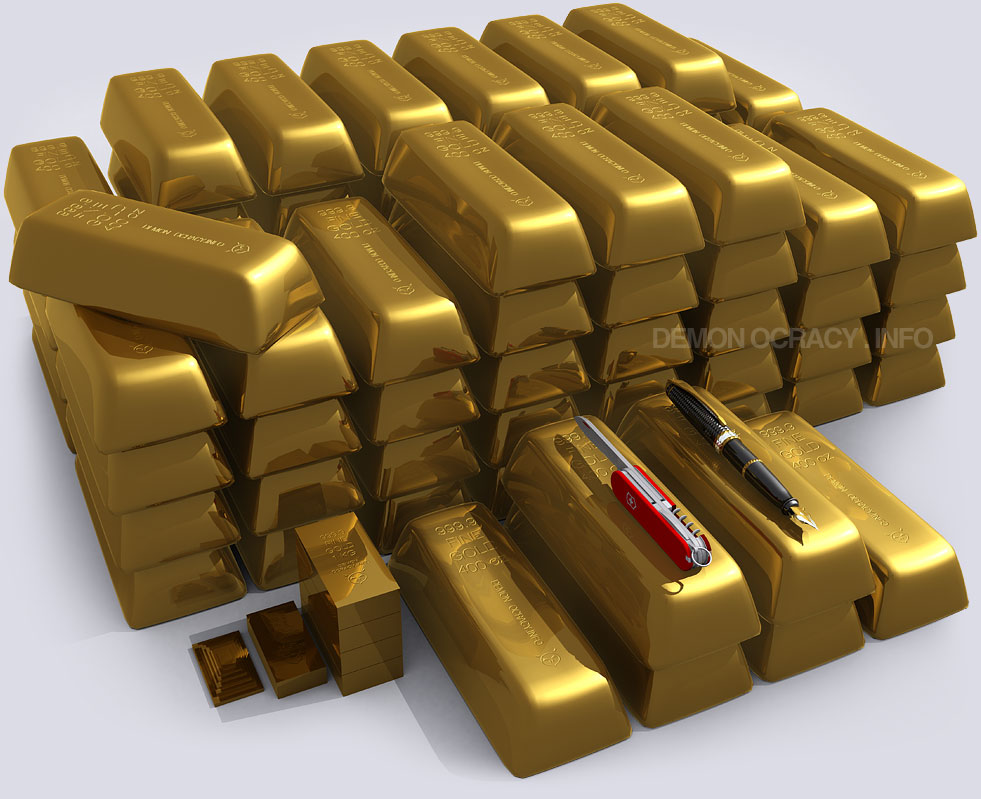
...or enough to mint around 750,000 of these:
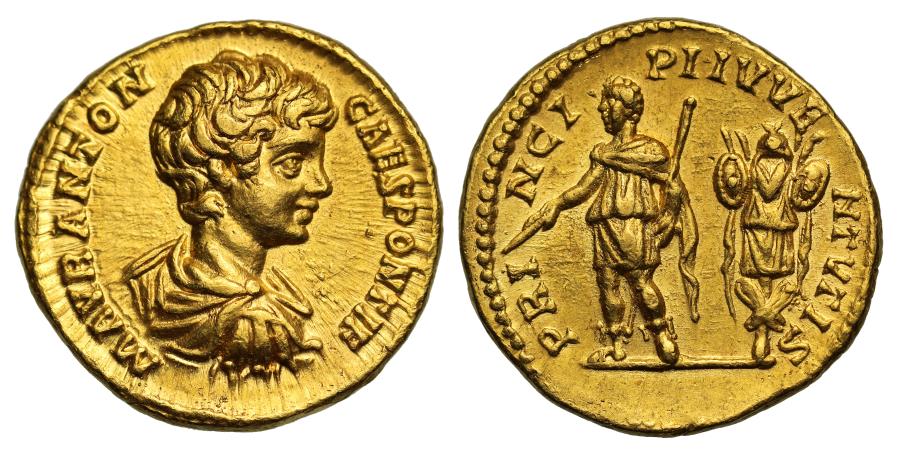
...initially equivalent to 18,750,000 pure silver denarii but, as the denarius was continuously debased and after the introduction of the gold solidus, Las Médulas production was eventually equivalent (and provided backing) to hundreds of billions of denarii yearly.
Yep, you got it: the now-called Las Médulas was the largest and richest gold mine of Ancient Rome and the entire Antiquity. In 250 years of operation, until depletion, it is estimated that over 1,500 tonnes of pure aurum were produced, or 1.5 times the reserves of modern Switzerland right now, or 25 semis like this one:

Las Médulas was exploited using the same ruina montium ("mountain wrecking") technique that has been well studied in the Welsh Dolaucothi Mines, creating that unnatural landscape, nowadays a UNESCO world heritage site:
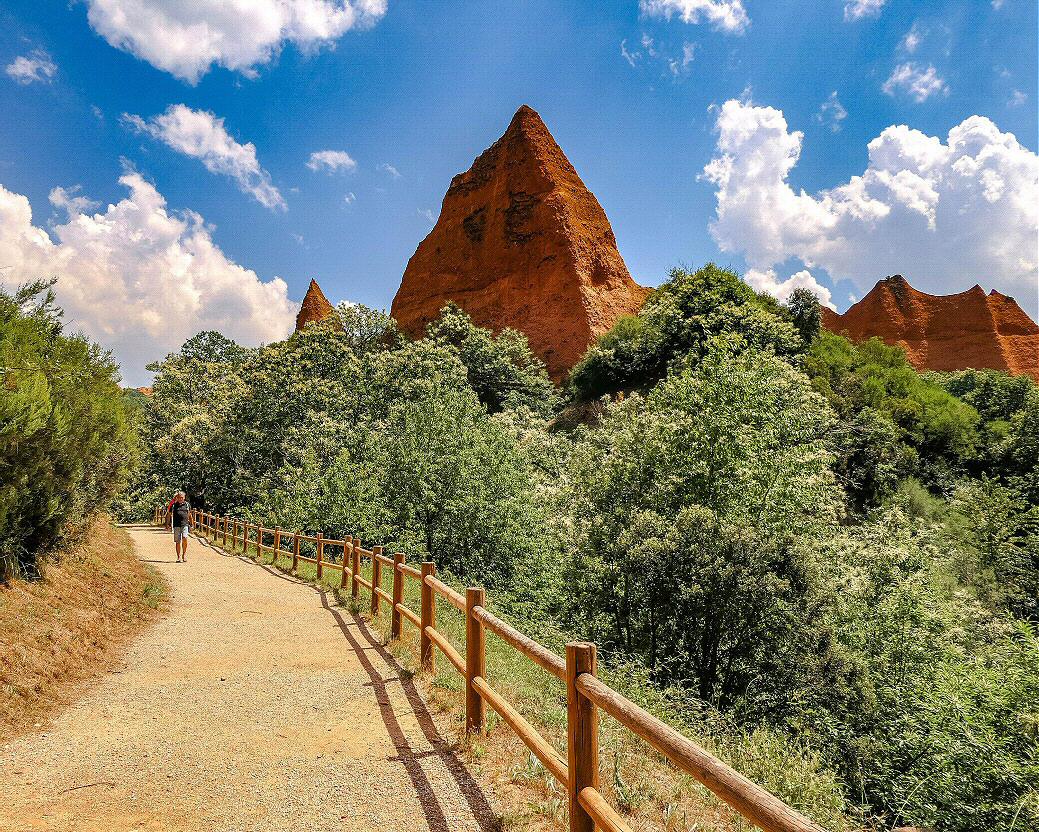
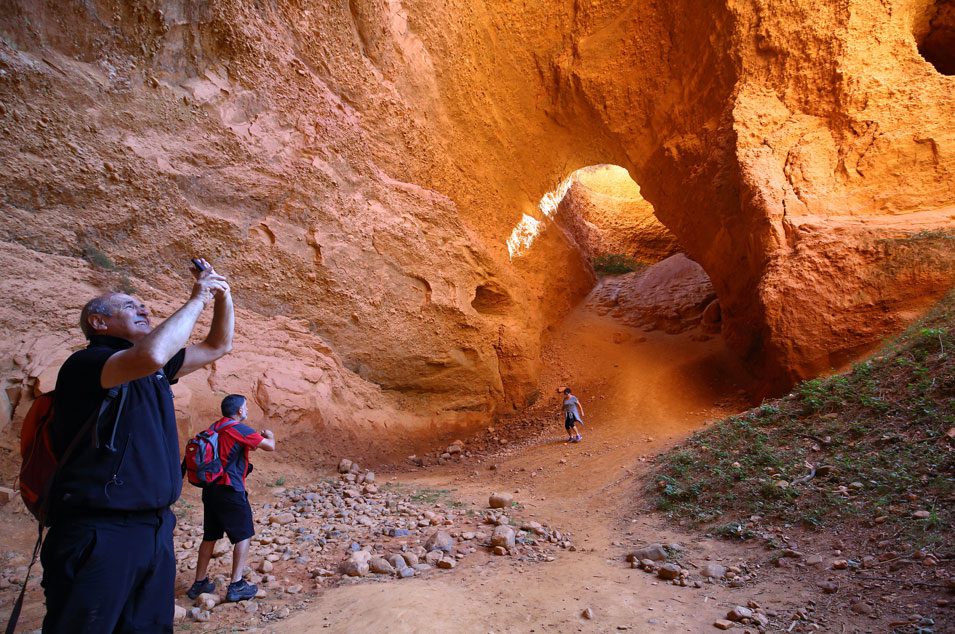

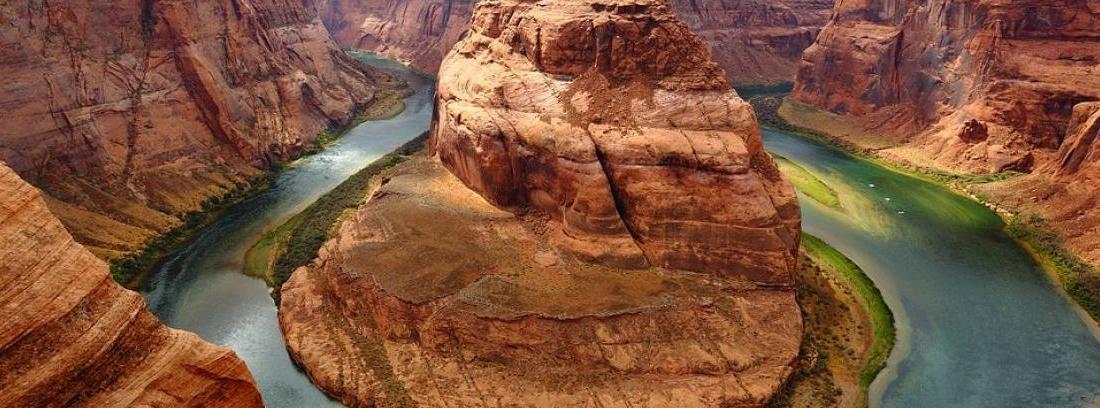
Las Médulas was a true El Dorado: a Roman El Dorado. Much later, the Spanish Empire that was born in those very same lands famously took the American gold. According to the wildest estimations, that was like 250 tons of gold from 1500 to 1800 AD. All the Spanish galleons and treasure fleets only took 1/6th of the gold that the Romans took from Hispania's Las Médulas in less time. (Silver was a different story, though.)
i leave to your imagination what to do with this info, in case you feel like doing anything with it.

Frank Petrexa
Tribune
I should answer this question myself, but maybe you know. Gold isn't very reactive, so it usually occurs as pure metal. The Klondike and California gold rushes used the following extraction procedure--crush the ore (or let nature do it in a stream bed) into fine powder and then sift the powder (maybe with water as well) to isolate the nuggets. Modern extraction involves cyanide (which is why gold mining is not very eco friendly) again with crushed ore. Do you know how the ancients extracted the gold? Maybe you can heat ore as well and get some metal, but the melting point is almost three times that of lead. But it's soft, and once you have it you can work it.
Las Médulas (Hispania), the top secret of Ancient Rome
For those of us who like our stories and artwork uncompromisingly realistic with captivating backdrops despite the fictions of our modern imagination, let me allure you with a mystery place of fabulous wealth and cruel misery. A place to die and kill for without the slightest remorse or mercy, deeply inside Hispania Tarraconensis, only known to the local Celtic Astures, the Romans who needed to know including up to 60,000 free workers, and the countless slaves taken up the Ebro valley and the Via Lusitanorum beyond Asturica Augusta, never to be seen again. A place that would have been deemed ominously mythical if barely whispered rumors hadn't told about very tangible stuff coming down those then-nameless mountains:
Aurum.
Ridiculous amounts of aurum, so much that maybe the stability of the Empire depended on it. Like five tonnes per annum and up to 6.5 in the most productive periods. Nowadays, it wouldn't be such a big thing. Back then, that's more than in all other places of the world combined. It's like five or 6.5 times this:

...or enough to mint around 750,000 of these:

...initially equivalent to 18,750,000 pure silver denarii but, as the denarius was continuously debased and after the introduction of the gold solidus, Las Médulas production was eventually equivalent (and provided backing) to hundreds of billions of denarii yearly.
Yep, you got it: the now-called Las Médulas was the largest and richest gold mine of Ancient Rome and the entire Antiquity. In 250 years of operation, until depletion, it is estimated that over 1,500 tonnes of pure aurum were produced, or 1.5 times the reserves of modern Switzerland right now, or 25 semis like this one:

Las Médulas was exploited using the same ruina montium ("mountain wrecking") technique that has been well studied in the Welsh Dolaucothi Mines, creating that unnatural landscape, nowadays a UNESCO world heritage site:




Las Médulas was a true El Dorado: a Roman El Dorado. Much later, the Spanish Empire that was born in those very same lands famously took the American gold. According to the wildest estimations, that was like 250 tons of gold from 1500 to 1800 AD. All the Spanish galleons and treasure fleets only took 1/6th of the gold that the Romans took from Hispania's Las Médulas in less time. (Silver was a different story, though.)
i leave to your imagination what to do with this info, in case you feel like doing anything with it.
specimeat
Assistant executioner
As far as i understand it, basically that ruina montium thing was a remote precursor of fracking and hydraulic mining ---they excavated deep holes and deviating rivers or similar with aqueducts to create large Pascal's barrels, so the water pressure did the heavy job for them. You'd say that they blowed up the mountains without explosives, with water pressure. i think that the Wiki entry about the much smaller but similarly exploited Dolaucothi Gold Mines in Wales explains it well.I should answer this question myself, but maybe you know. Gold isn't very reactive, so it usually occurs as pure metal. The Klondike and California gold rushes used the following extraction procedure--crush the ore (or let nature do it in a stream bed) into fine powder and then sift the powder (maybe with water as well) to isolate the nuggets. Modern extraction involves cyanide (which is why gold mining is not very eco friendly) again with crushed ore. Do you know how the ancients extracted the gold? Maybe you can heat ore as well and get some metal, but the melting point is almost three times that of lead. But it's soft, and once you have it you can work it.
i've been reading that in Las Médulas they used every possible technique to extract up to the last gram of gold: first they expanded the traditional alluvial mining that had been done by the local Hispano-Celtic Astures for centuries before the Romans arrived (possibly enslaving them in the process), they they went big with that ruina montium thing and then crushing and sieving with mallets, sieves and hard work (possibly large amounts of slave work from adults to children) at large scale, also tunneling and stoping, whatever their engineers saw fit ---and they had the better engineers that the world had seen and would see in another 1,000 years. They didn't leave a gram of gold (and many other metals in the area.)
RacingRodent
Consul
I am pretty sure the Roman's technique used mercury to extract gold from the trailings, it was not an approach conducive to long life for the workforce.I should answer this question myself, but maybe you know. Gold isn't very reactive, so it usually occurs as pure metal. The Klondike and California gold rushes used the following extraction procedure--crush the ore (or let nature do it in a stream bed) into fine powder and then sift the powder (maybe with water as well) to isolate the nuggets. Modern extraction involves cyanide (which is why gold mining is not very eco friendly) again with crushed ore. Do you know how the ancients extracted the gold? Maybe you can heat ore as well and get some metal, but the melting point is almost three times that of lead. But it's soft, and once you have it you can work it.
malins
Stumbling Seeker
Of course it was very practical for the Romans that there were also very large cinnabar deposits in Spain, where they got large quantities of mercury.I am pretty sure the Roman's technique used mercury to extract gold from the trailings, it was not an approach conducive to long life for the workforce.
(Later, in the age of their own colonial conquests, the Spaniards would actually transport mercury to the Americas in order to use it for gold extraction there)
One important step in purifying the metals was driving out lead impurities at high temperatures - basically boiling it off - which led to a very widespread lead pollution signature from Roman metallurgy, that's also clearly detectable for instance in Greenland ice cores.
(It has been used as a proxy to judge the ups and downs of economic activity in the Roman Empire)
Attachments
specimeat
Assistant executioner
Grilled (grey) mullet, mussels and shrimps straight out of the local fishing port market with my sauce of minced garlic and parsley in pure olive oil plus a very ancient personal touch, cheese with honey and grapes, bread, olives, figs, wine (or pomegranate juice for those who don't drink alcohol) is what i cook for visitors who i like. Then i serve them in my home's terrace, surrounded by pines with their resin scent, where you can see the Mediterranean like 3 stadia away. i'd say they love it, and me too, but maybe for slightly different reasons.These are good videos, what I find interesting is that so much of the basic Roman diet and cooking methods are the same as mine!

Grilled (grey) mullet, mussels and shrimps straight out of the local fishing port market with my sauce of minced garlic and parsley in pure olive oil plus a very ancient personal touch, cheese with honey and grapes, bread, olives, figs, wine (or pomegranate juice for those who don't drink alcohol) is what i cook for visitors who i like. Then i serve them in my home's terrace, surrounded by pines with their resin scent, where you can see the Mediterranean like 3 stadia away. i'd say they love it, and me too, but maybe for slightly different reasons.
Yes, that's my idea of the good life - and not so different from what I've had this evening - but it's the Irish Sea in my case, and the Scots pines aren't quite so aromatic, it's a bit chilly for sitting outside ...
specimeat
Assistant executioner
23 °C here right now, and it's 23:00, with all the stars in the sky because i can't notice a single cloud.Yes, that's my idea of the good life - and not so different from what I've had this evening - but it's the Irish Sea in my case, and the Scots pines aren't quite so aromatic, it's a bit chilly for sitting outside ...

For the guys out there who would like to know, yeah, i'm at home in panties, flip-flops and a T-shirt.

Last edited:
well, prompted by your post, I've just enjoyed some good cheese with honey and grapes. Not a completely new idea to me, I picked it up from some Italian friends a little while back, but you reminded me. And I'd enjoyed one of my favourite fish dishes and some good wine earlier, your suggestion rounded off the evening delightfully23 °C here right now, and it's 23:00, with all the stars in the sky because i can't notice a single cloud.
For the guys out there who would like to know, yeah, i'm at home in panties, flip-flops and a T-shirt.

specimeat
Assistant executioner
Hey that was great!!!

Frank Petrexa
Tribune
It doesn't look like there is a lot of wood around there, so they had to go to a lot of trouble to cart it in. So, this is a commercial hiking trail that tries to "enhance" the natural experience for profit?
Frank Petrexa
Tribune
Enjoy it while you can--winter is coming to the Northern Forest.23 °C here right now, and it's 23:00, with all the stars in the sky because i can't notice a single cloud.
For the guys out there who would like to know, yeah, i'm at home in panties, flip-flops and a T-shirt.
Specimeat is in Ibiza in the Baleares, Phoenician Ibissim, Roman Ebusa - I'm the one in the Northern Forest - where it doesn't change much all the year round, the days just get longer or shorter, but it goes on being wet, windy but (at least in the sheltered glens and down near the sea) quite mild.Enjoy it while you can--winter is coming to the Northern Forest.
Nice pic, but not sure it's a Roman resource. They wouldn't have wasted a good pair of strappy leather sandals for sure.It doesn't look like there is a lot of wood around there, so they had to go to a lot of trouble to cart it in. So, this is a commercial hiking trail that tries to "enhance" the natural experience for profit?
What the Roman armies did for wood in arid desert areas is an interesting question. Legionary soldiers on the march carried straight wooden palings as part of their regular kit so they could quickly set up a fence around their overnight camp-site, but timber sturdy enough to use for crucifixion would have been in short supply and not so readily transported (or left behind). But I guess as crucifixion was an 'exemplary' punishment, it would have been carried out near a settlement - a town or oasis - where some suitable timber, e.g. palms, would have been available.
RacingRodent
Consul
Nice pic, but not sure it's a Roman resource. They wouldn't have wasted a good pair of strappy leather sandals for sure.
What the Roman armies did for wood in arid desert areas is an interesting question. Legionary soldiers on the march carried straight wooden palings as part of their regular kit so they could quickly set up a fence around their overnight camp-site, but timber sturdy enough to use for crucifixion would have been in short supply and not so readily transported (or left behind). But I guess as crucifixion was an 'exemplary' punishment, it would have been carried out near a settlement - a town or oasis - where some suitable timber, e.g. palms, would have been available.
Each cohort seems to have tranported its own onager (a kind of catapult). I suspect several of the timbers would have large enough for special crux purposes. Obviously the execution would need to be important enough to give up a siege weapon for but when isn't it?
Last edited:
l'bogo
Venetian Mask
Nice pic, but not sure it's a Roman resource. They wouldn't have wasted a good pair of strappy leather sandals for sure.
What the Roman armies did for wood in arid desert areas is an interesting question. Legionary soldiers on the march carried straight wooden palings as part of their regular kit so they could quickly set up a fence around their overnight camp-site, but timber sturdy enough to use for crucifixion would have been in short supply and not so readily transported (or left behind). But I guess as crucifixion was an 'exemplary' punishment, it would have been carried out near a settlement - a town or oasis - where some suitable timber, e.g. palms, would have been available.
The timber that the Romans brought during the war campaigns was also used for the construction of the bridges, which were works of high engineering. The Romans built a cantilevered structure, starting from one bank to reach the opposite one without entering the water.
Yes, I suppose a large unit, like a whole legion, on the move would have had a pretty massive back-up of transport, and a supply of premium crux-wood with hammers and nails would undoubtedly have been among the top-priority equipment. Probably in convertible kit form - a bridge, a couple of siege-engines, or 100 crosses, depending what's needed.
specimeat
Assistant executioner
The entire area is forested (actually quite forested) as you can see in the pics above. That hiking trail just follows one of the many "open" tunnels that the Romans excavated through the mountains to get the gold. Madiosi got that part right ---and beautiful. It's this place, basically:It doesn't look like there is a lot of wood around there, so they had to go to a lot of trouble to cart it in. So, this is a commercial hiking trail that tries to "enhance" the natural experience for profit?
https://goo.gl/maps/WkwufzZJyLhHK5Si8
https://goo.gl/maps/rpNXGa6HKXN1KLvD8
They would have had lots of wood in situ, even without considering the huge amounts of lumber that they would have used for the massive mining infrastructure that they developed in the area, readily available by the cartload.
Not so much this, agreed.Nice pic, but not sure it's a Roman resource. They wouldn't have wasted a good pair of strappy leather sandals for sure.

Last edited:


